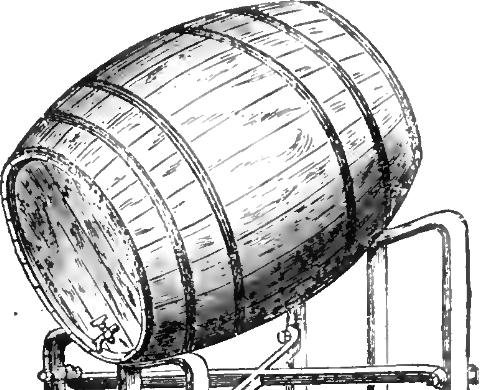<![CDATA[Israel might not be all that famous for its wine, but there was a time when its vineyards were considered to produce the best wine in the Mediterranean region. According to sources from the time, prized vintages from the area were imported by the great Egyptian Empire during the Bronze Age. Archaeologists recently uncovered what is believed to be the oldest wine cellar in the world, in the ruins of a palatial compound in the Upper Galilee region. This cellar contains about forty jars of wine that have been left untouched for centuries. Samples of the wine residue in these jars were taken away for further studies. According to the results of the archaeologist's investigations, the wine contained unique herbal additives such as juniper, mint and cinnamon. The study was published in the Plus One Journal. All thirty two jars that have been sampled contained tartaric acid as one of the main ingredients in the wine. Three jars did not contain any syringic acid, which is a common marker for red wine. The absence of syringic acid means the content of these jars could have been the earliest examples of white wine. Pine resin and traces of cedar were also found in these three wines. The wine cellar that contained this wine is located in a site known as Tel Kabri close to the borders with Lebanon and Syria. Archaeologists believe that the complex was at its peak between the years 1900 B.C. and 1600 B.C. The artefacts that have been found in the complex suggest that it had ties with Mesopotamian culture, the Minoan civilization and Egypt. In July, archaeologists uncovered a three foot jar of wine that they have named Bessie. A further thirty nine jars were uncovered in a small room in the same compound. Put together, these jars would have contained about two thousand litres of wine. Archaeologists believe that the palatial compound's wine cellar was mostly used for local and 'on-the-spot' consumption. The size of the cellar also leads to the assumption that the compound was used to throw huge parties. Although it is evident that the wine contained in these barrels came from local vineyards, researchers are still trying to pinpoint the exact area where they might have been. As of today, the world only knows about the grand Bethanath estate in the region, which started being used about a thousand years later. Experts are also hoping to conduct DNA tests in order to examine the quality of grapes that were used to produce these wines. If DNA can be obtained from the samples found in the wine cellar, it will be possible to create a genetic blueprint of the wine that was once considered to be the best in the world, but could only be produced in the region now known as Israel. ]]>
Oldest Wine Cellar in the World Used to Throw Parties
